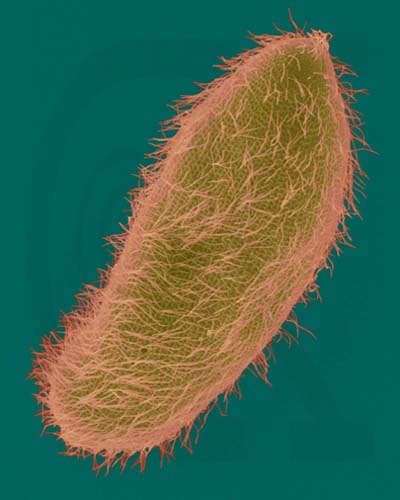Ciliated protozoans are all heterotrophs. Features indude numerous cilia that beat in synchrony, a cell "mouth" to pass food to waiting digestive vacuoles, and contractile vacuoles to get rid of excess water.
Ciliates, such as the Paramecium, have a primitive form of sexual reproduction in which genetic material is exchanged during conjugation. Most ciliates have two different nuclei, a large macronucleus, and a smaller micronucleus. The micronucleus participates in sexual reproduction (conjugation) in which the partners exchange micronuclei.
This animation (Audio - Important) describes ciliate conjugation
This animation (Audio - Important) describes how the contractile vacuole of Paramecium functions to expel excess fluids from the cell.
